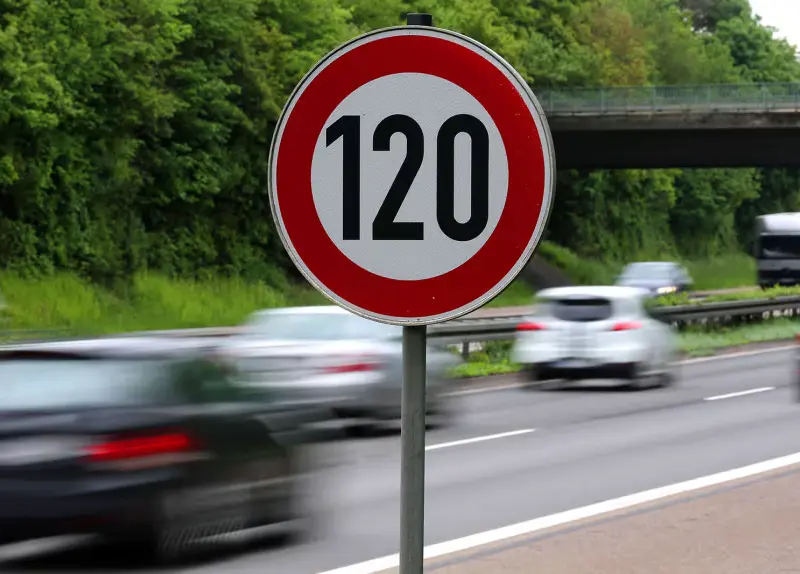Speeding Fine on German Autobahn
Sunday, 2025/08/10234 words3 minutes667 reads
In a recent incident that has reignited discussions about speed regulations on Germany's renowned Autobahn, a motorist was caught driving at an astonishing 199 mph (320 kph) on the A2 highway near Burg, west of Berlin. This speed, more than double the posted limit of 74.5 mph (120 kph), has been recorded as the highest ever detected on this stretch of road.
The driver, whose identity remains undisclosed, faced severe penalties for this egregious violation. They were slapped with a fine of 900 euros (approximately $1,043), had their driver's license suspended for a three-month period, and incurred a deduction of two points from their license. The infraction was captured by an "Enforcement Trailer," a sophisticated roadside radar device employed for routine speed checks.
This incident has brought renewed attention to the ongoing debate surrounding Germany's unique Autobahn system. While certain sections of these highways are famous for their lack of speed limits, a policy that has long fascinated international observers, many stretches do enforce speed restrictions. The section where this record-breaking speed was recorded is one such regulated area.
The case has prompted fresh discussions among German authorities and driving clubs about the future of unrestricted speed zones on the Autobahn. Proponents of speed limits argue for increased safety and reduced emissions, while others maintain that the freedom to drive at high speeds is a cherished aspect of German car culture and engineering prowess.
